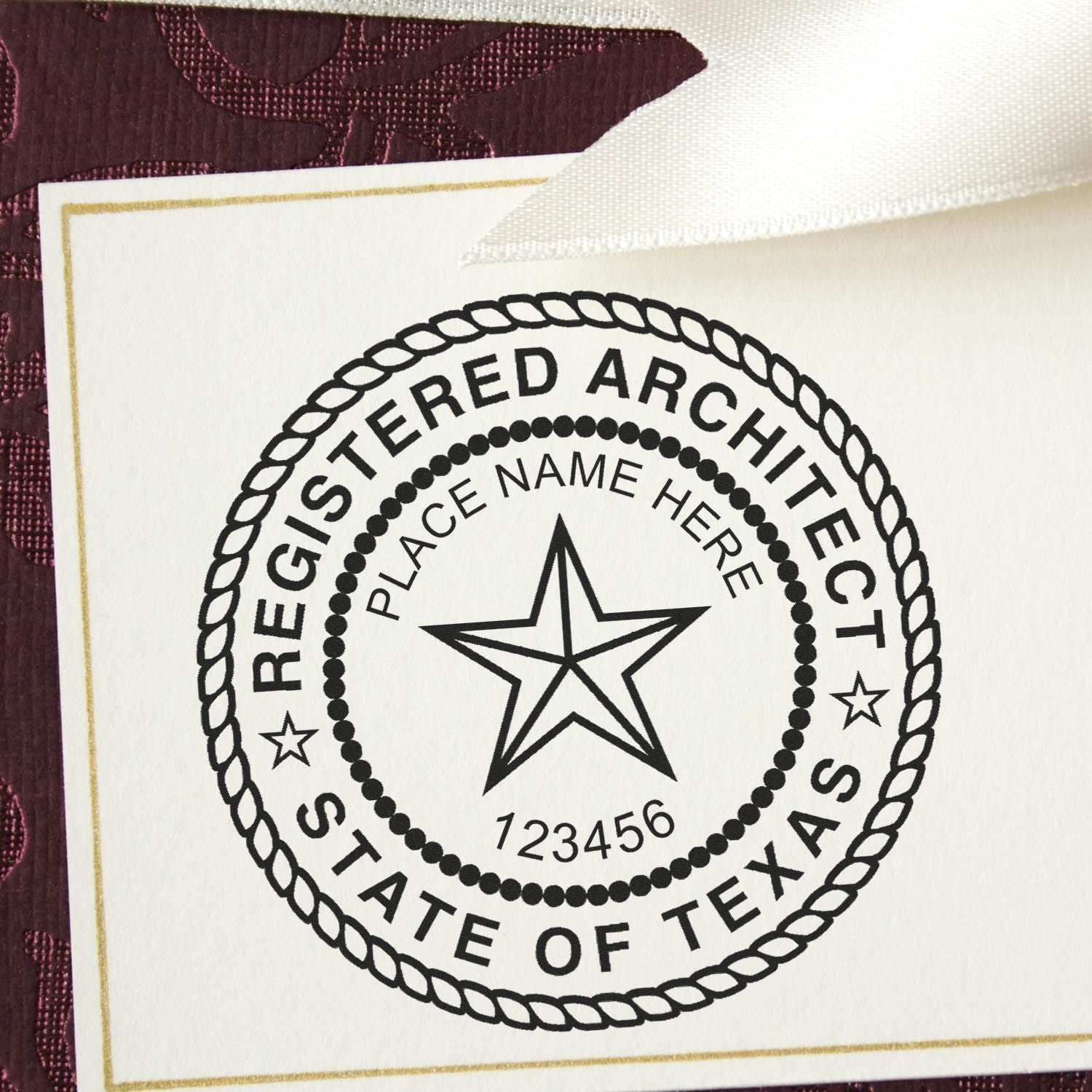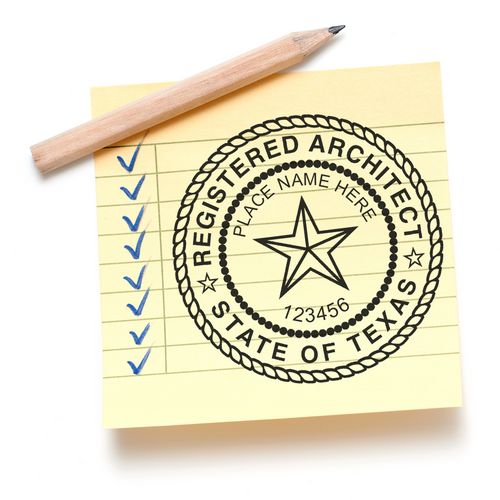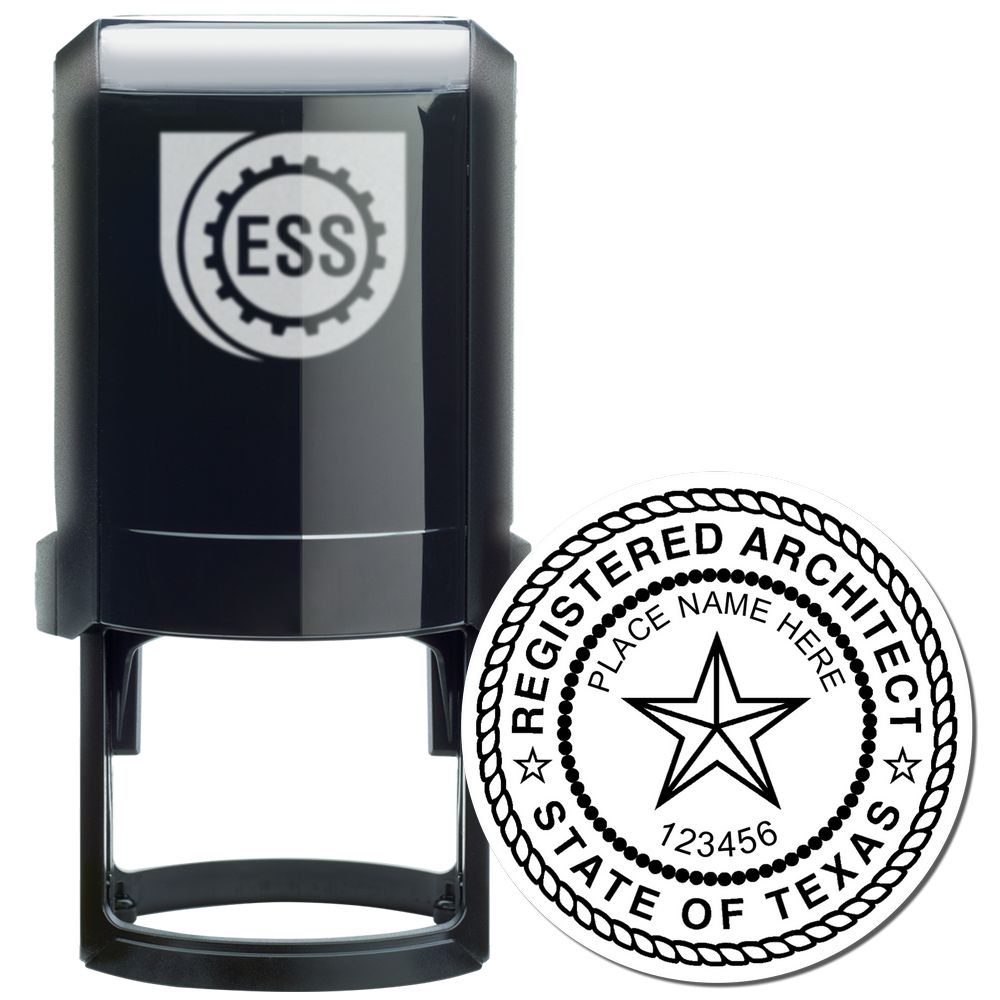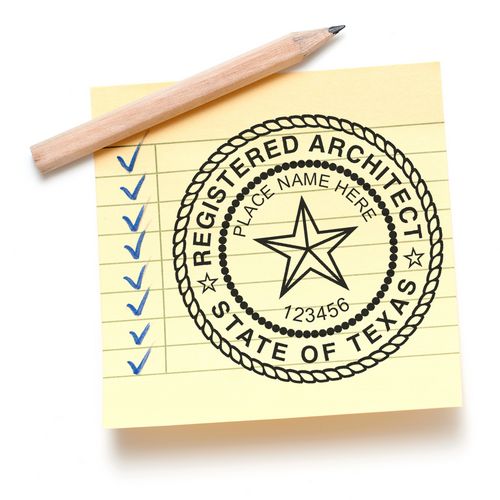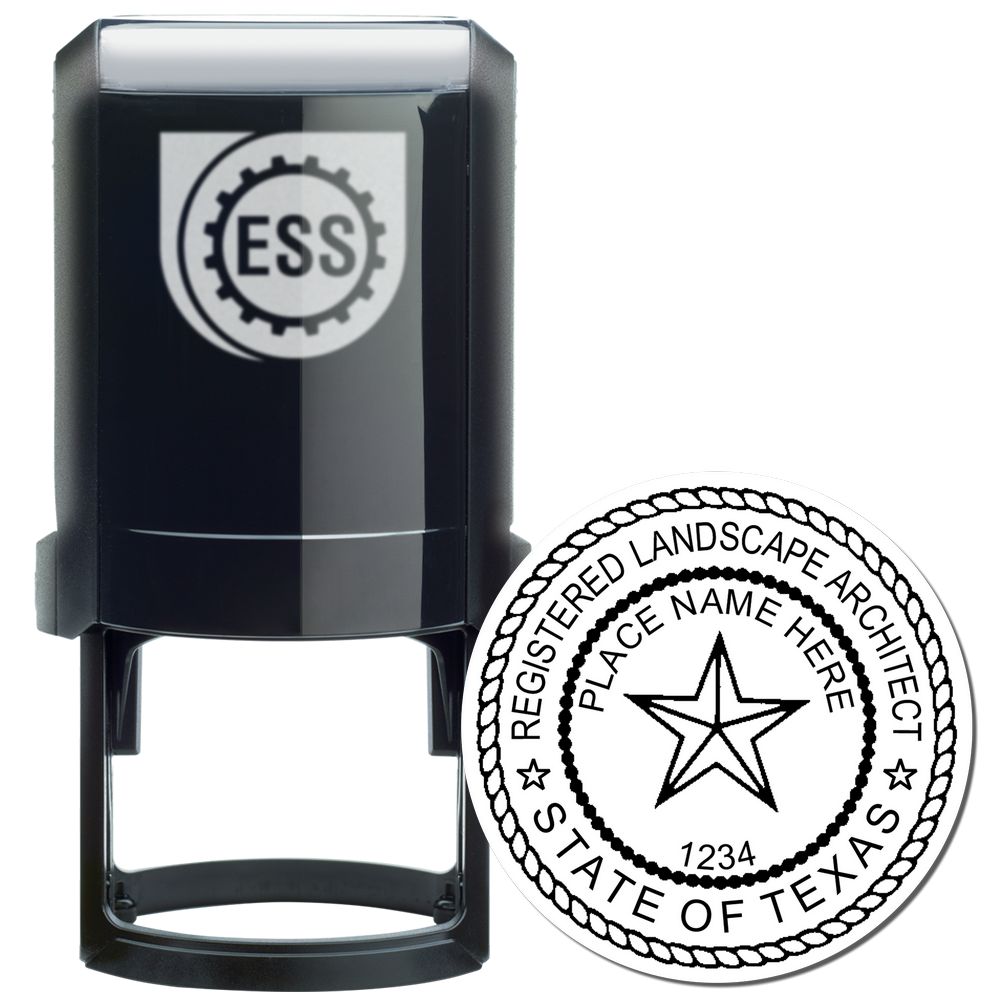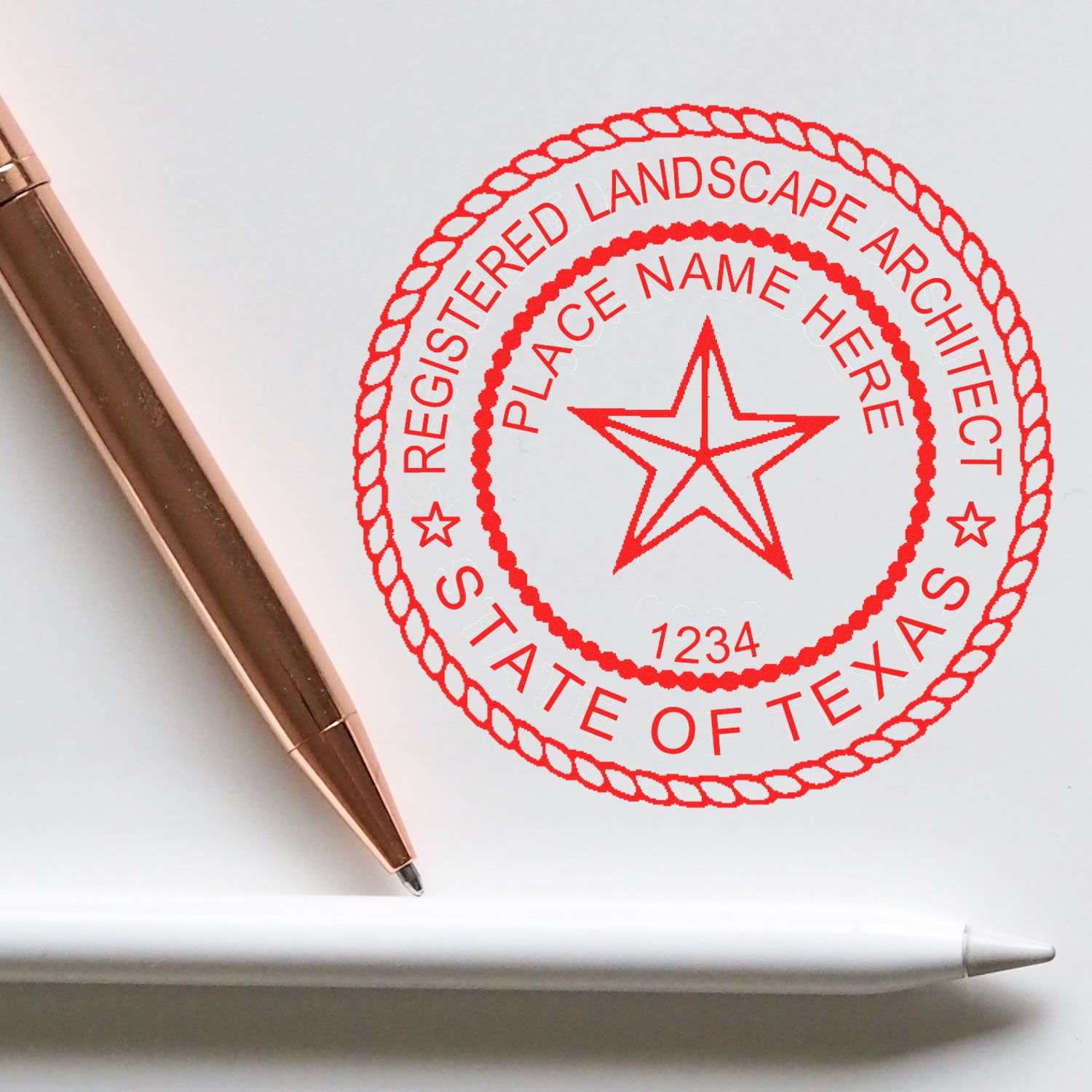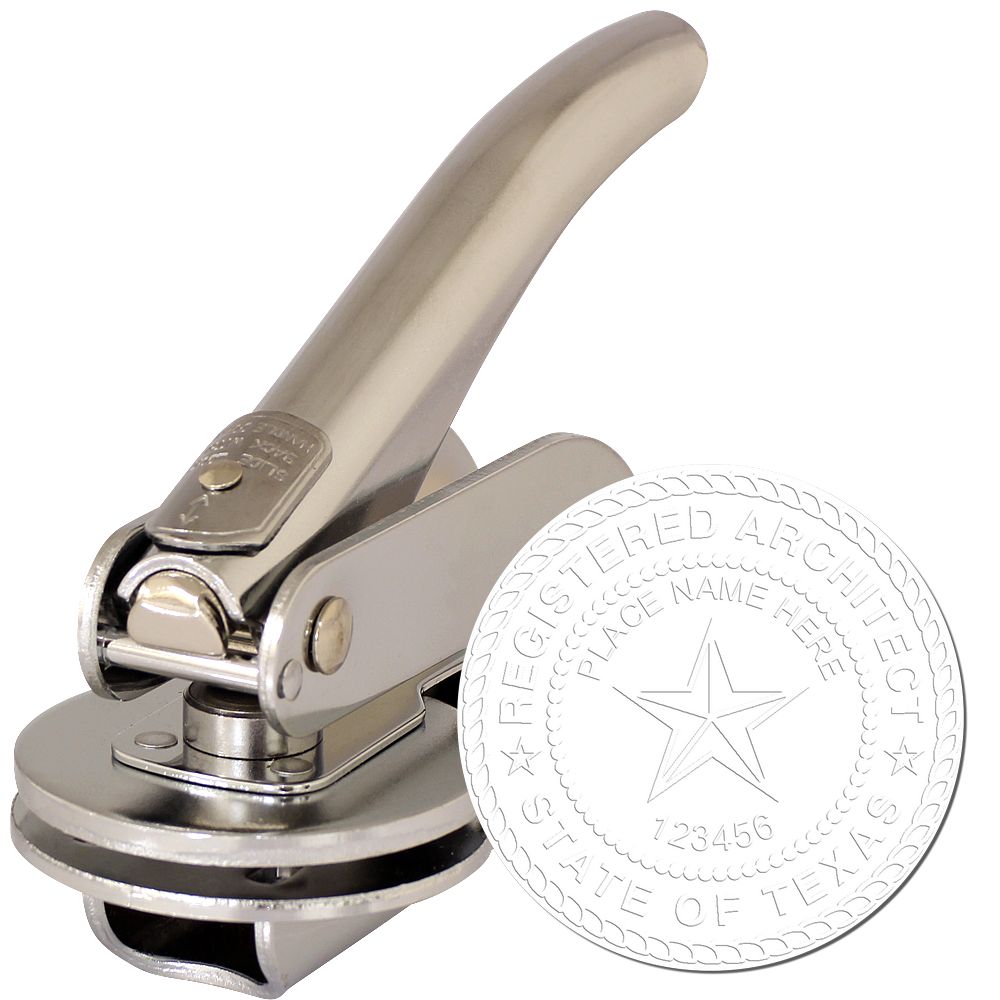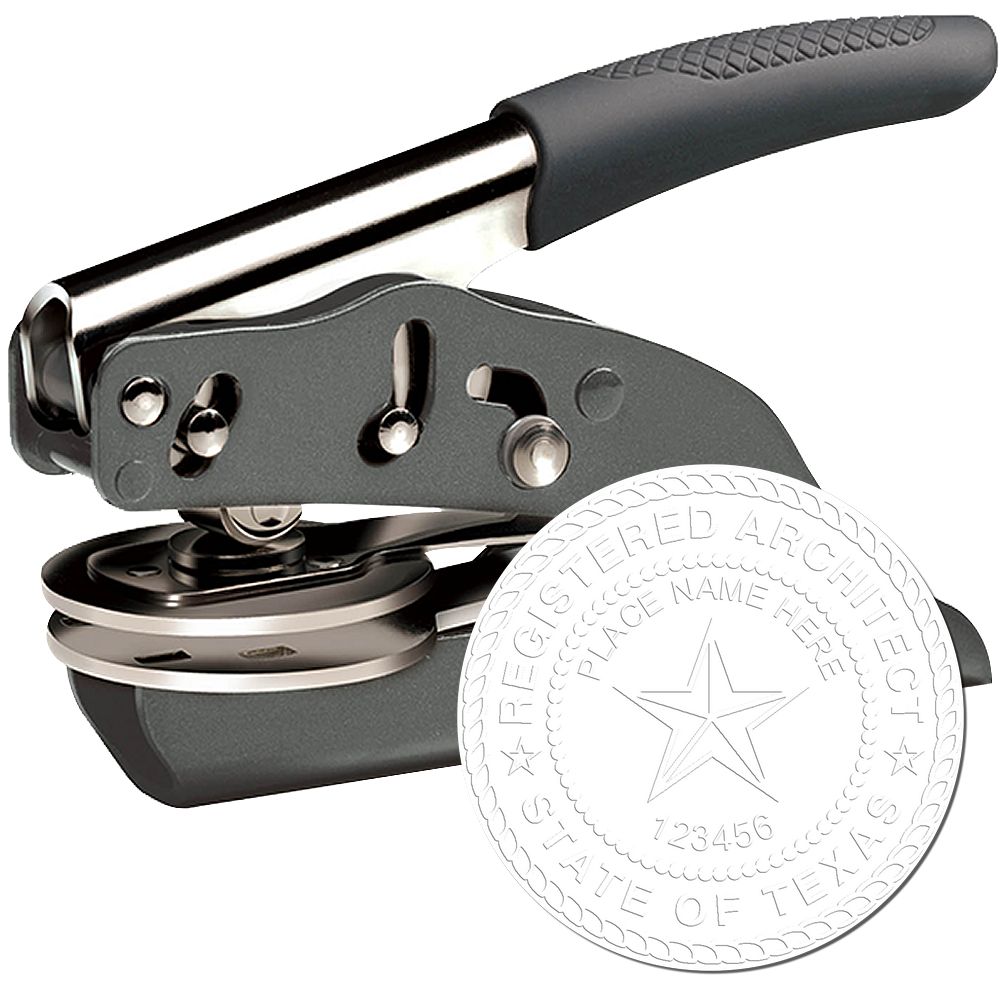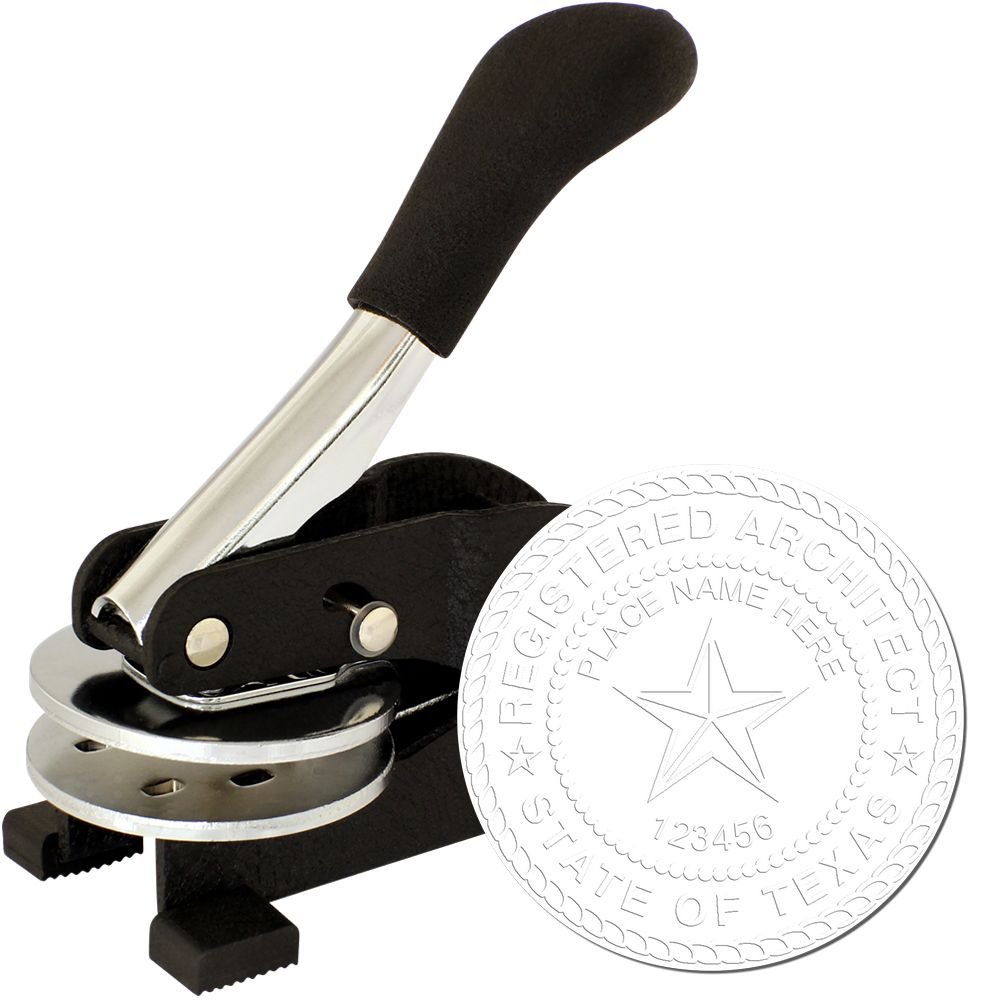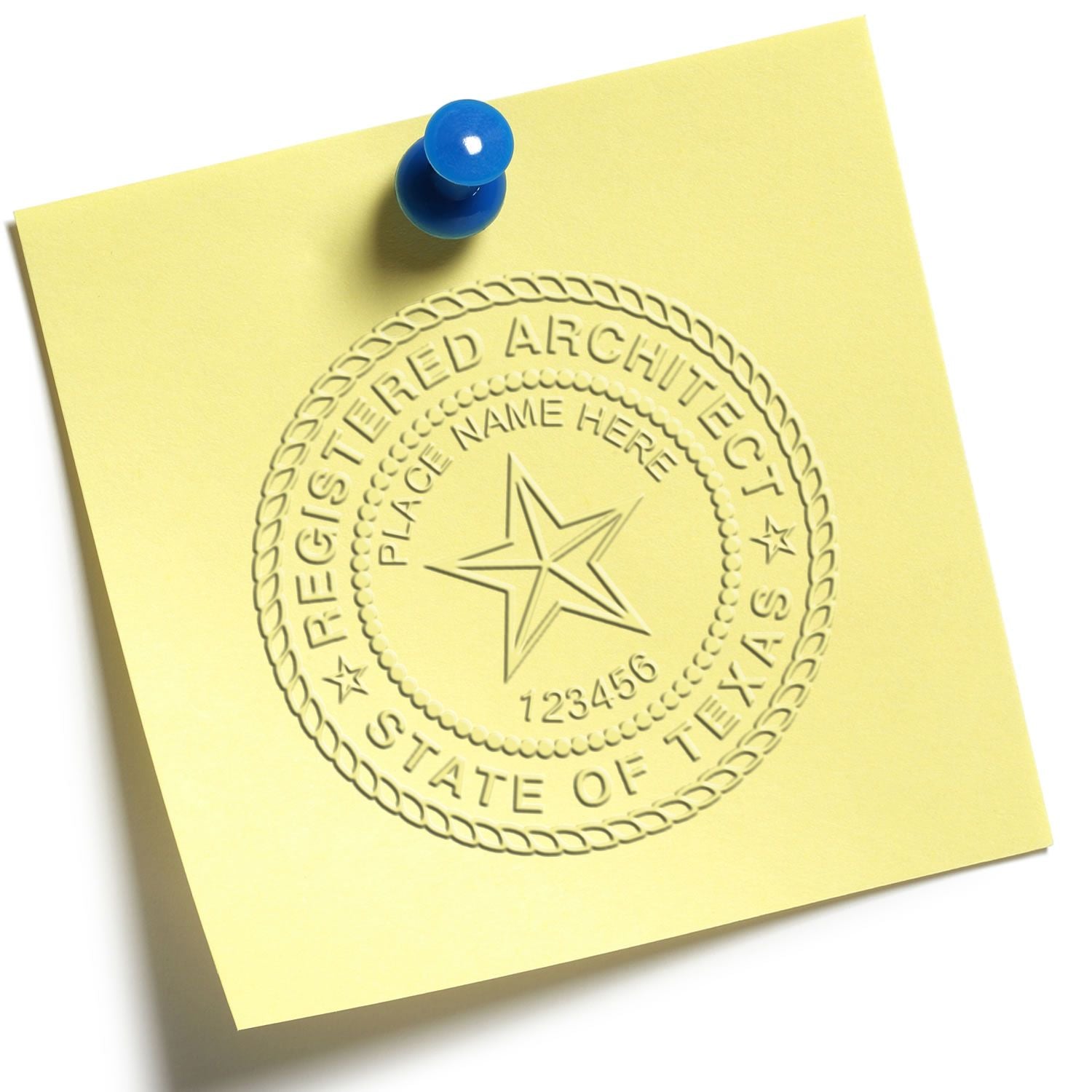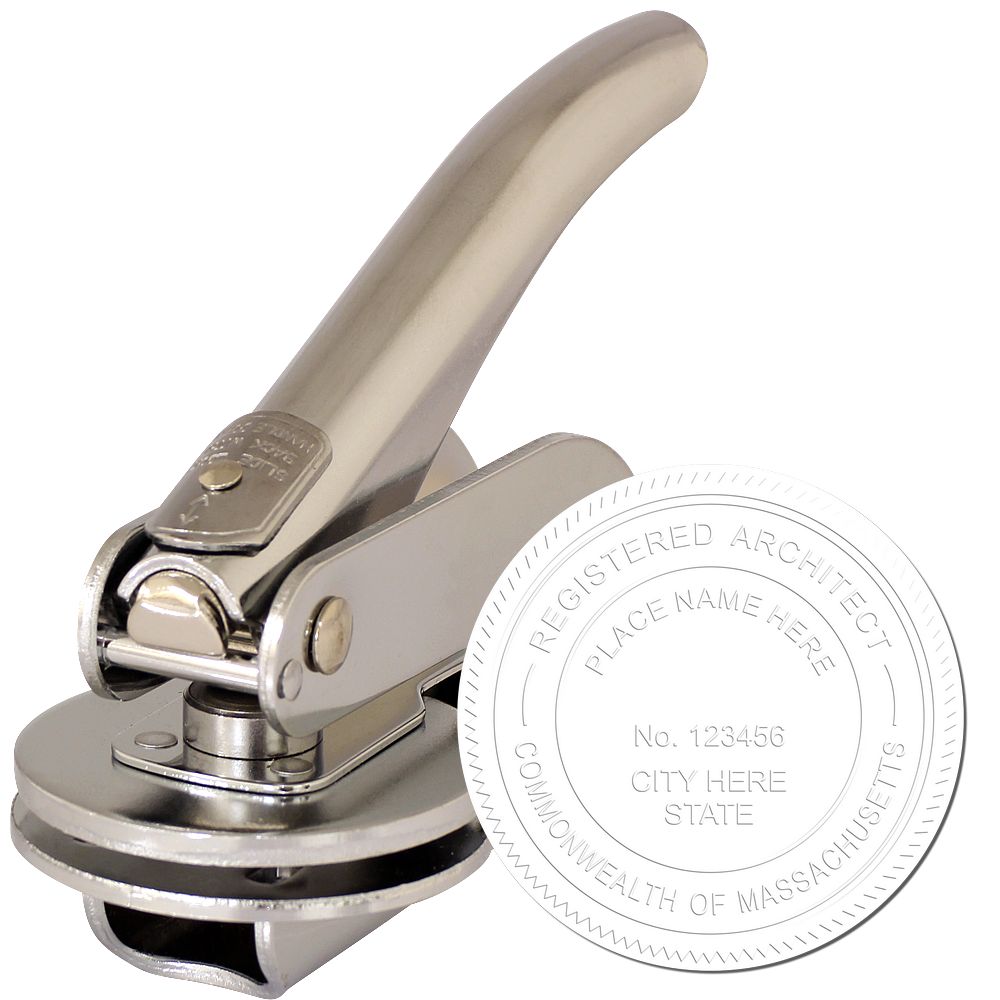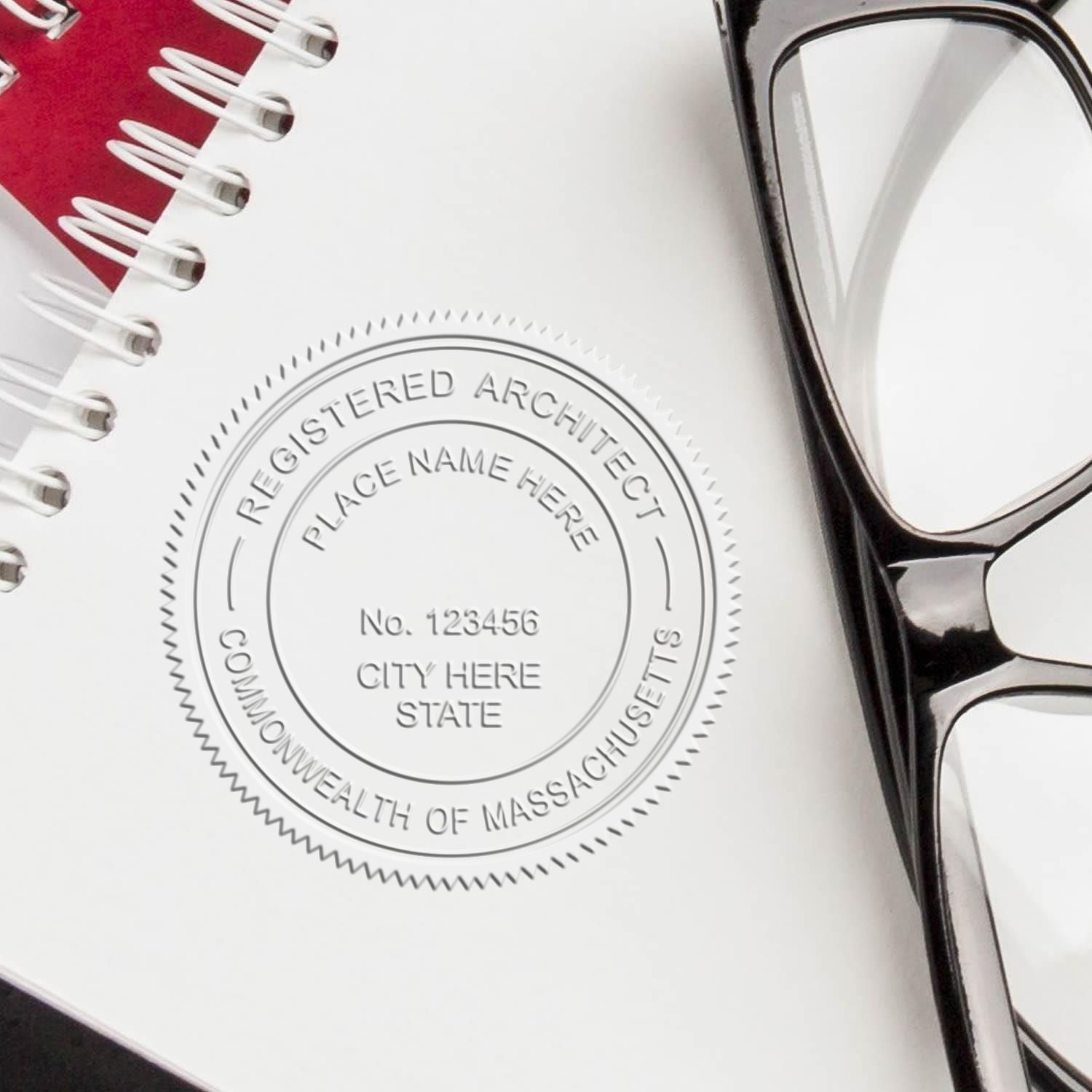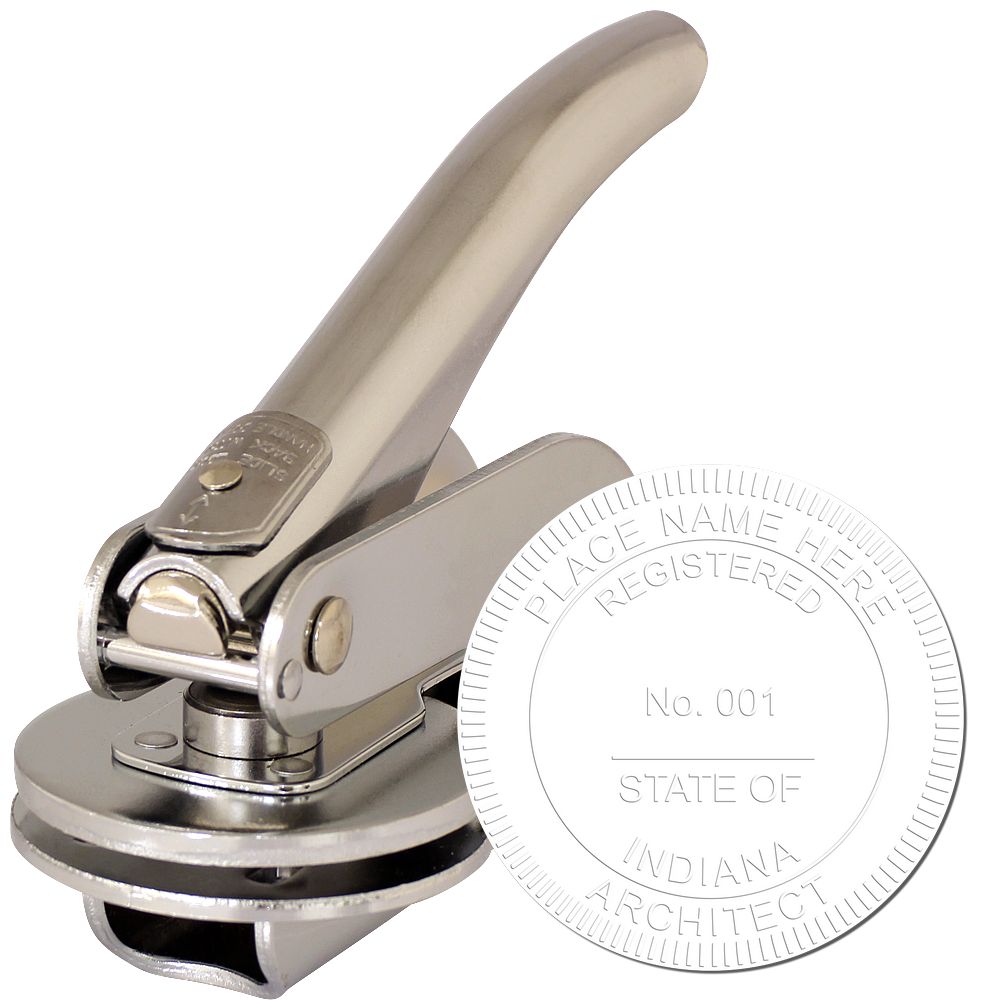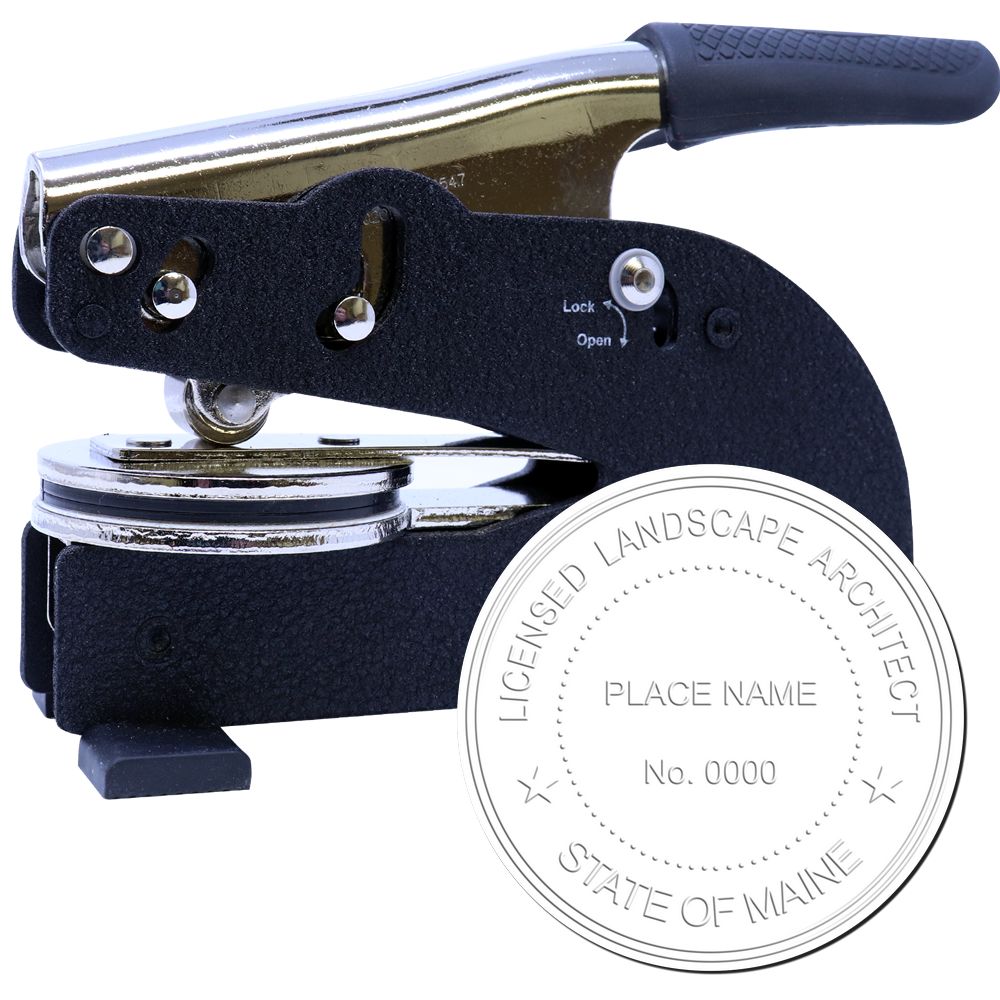Understanding Texas Architect Stamp Guidelines
Architect stamps and seals play a crucial role in the architectural industry, as they serve as official markers of approval and verification. In the state of Texas, architect stamps and seals are subject to specific guidelines and regulations to ensure professionalism and compliance with the law.
Importance of Architect Stamps and Seals
Architect stamps and seals are essential tools that signify the responsibility and expertise of an architect. They provide a level of assurance to clients, building officials, and the public that architectural documents have been reviewed, approved, and certified by a licensed professional.
By affixing an architect stamp or seal to architectural drawings, plans, or other related documents, architects demonstrate their commitment to upholding high standards of design, safety, and code compliance. This not only instills confidence in clients but also helps maintain the integrity of the architectural profession.
Guidelines for Architect Stamps in Texas
In Texas, architect stamps and seals are subject to specific guidelines outlined by the state's regulatory authorities. These guidelines ensure consistency and adherence to legal requirements. Architects in Texas must familiarize themselves with these guidelines to ensure compliance and avoid potential legal issues.
The guidelines for architect stamps in Texas cover various aspects, including design requirements, legal requirements, and usage specifications. The design requirements dictate the specific elements that must be included in an architect stamp or seal, such as the architect's name, license number, and the words "Registered Architect" or "Architect."
Legal requirements for architect stamps in Texas encompass regulations related to the use, possession, and reproduction of architect stamps. Architects must adhere to these requirements to ensure the proper use and integrity of their stamps.
To learn more about the specific requirements and regulations for architect stamps in Texas, architects can refer to resources such as Texas Architect Stamps and Texas Architect Seals. These resources provide detailed information on the design, usage, and legal aspects of architect stamps in the state.
By understanding the importance of architect stamps and familiarizing themselves with the guidelines set forth by the state of Texas, architects can ensure that their practice remains in compliance with the necessary regulations. This commitment to professionalism and compliance helps maintain the reputation and credibility of architects in Texas.
Texas Architect Stamp Requirements
To ensure compliance with Texas architectural regulations, architects must adhere to specific requirements regarding their architect stamps. These requirements encompass both legal and design aspects of the stamp.
Legal Requirements for Architect Stamps
Architect stamps in Texas are subject to various legal requirements. These requirements are put in place to ensure the integrity and legitimacy of architectural documents. Some of the key legal requirements for architect stamps in Texas include:
-
Registration: Architects must be registered with the Texas Board of Architectural Examiners (TBAE) to use an architect stamp legally. This registration ensures that architects meet the necessary qualifications and have the required licensure to practice in the state.
-
Seal Size: The Texas Architectural Practice Act mandates that the architect stamp must be of a specific size. The minimum required size for the architect stamp is one and three-fourths inches (1.75") in diameter or square.
-
Seal Shape: While there is no specific requirement for the shape of the architect stamp, it is generally recommended to use a circular or rectangular shape for clarity and consistency.
-
Stamp Color: Texas does not have specific regulations regarding the color of the architect stamp. However, it is common practice to use black ink for the stamp to ensure legibility on architectural documents.
Save 20%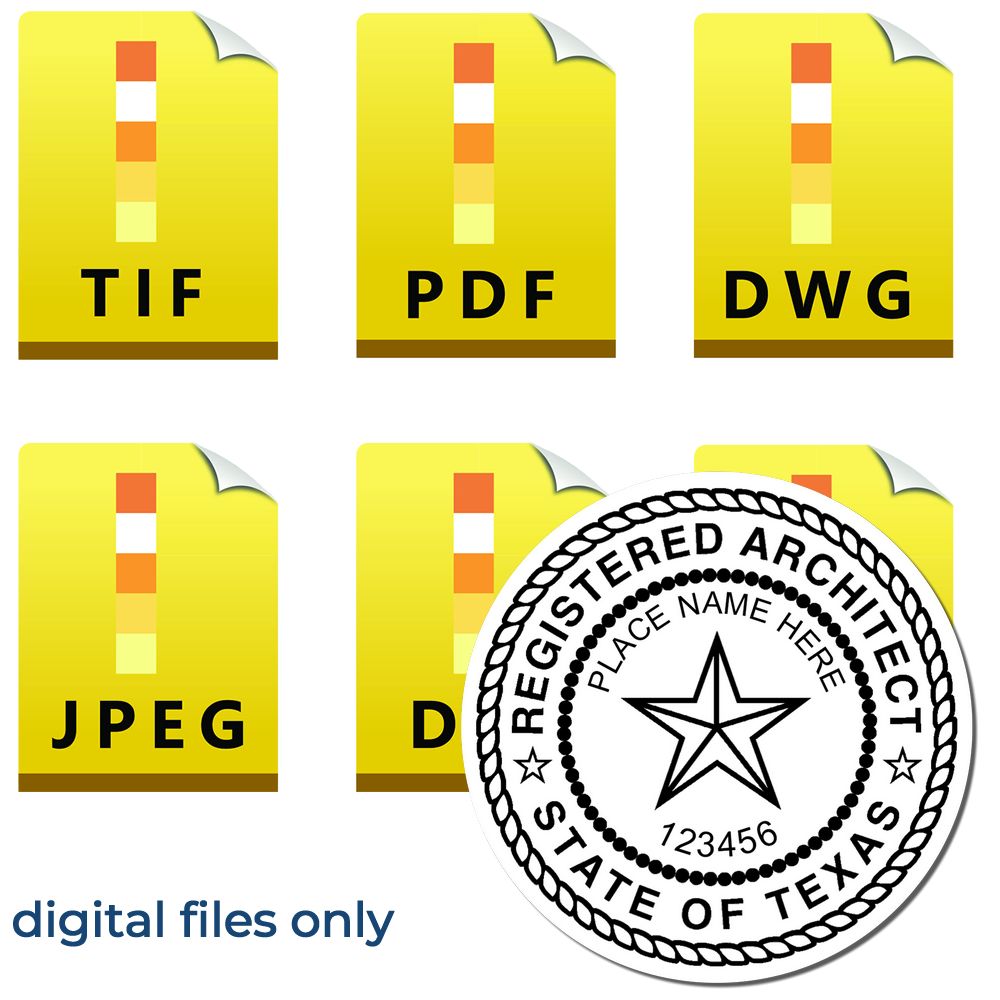
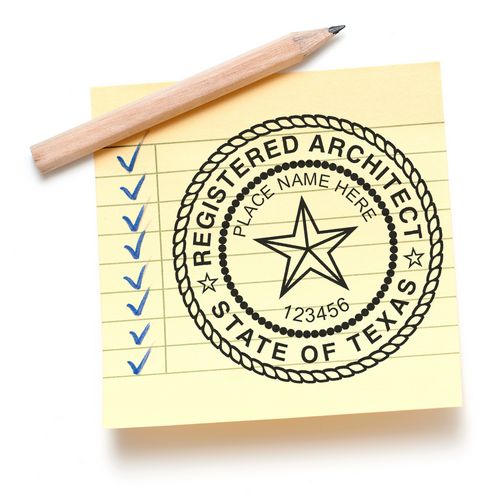 Digital Texas Architect Stamp, Electronic Seal for Texas Architect3008ARC-TXSale price$20.00 Regular price$25.00Save 15%
Digital Texas Architect Stamp, Electronic Seal for Texas Architect3008ARC-TXSale price$20.00 Regular price$25.00Save 15%
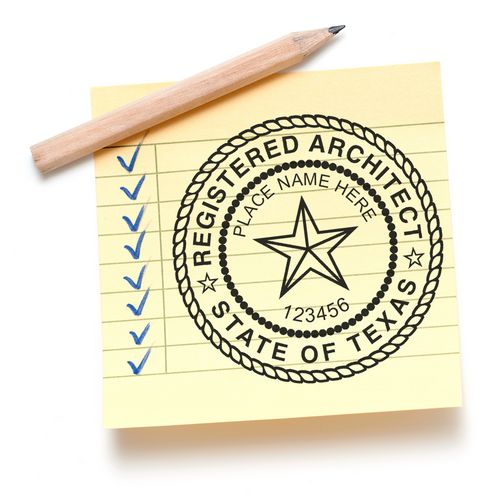 Premium MaxLight Pre-Inked Texas Architectural Stamp3021ARC-TXSale price$46.95 Regular price$55.00
Premium MaxLight Pre-Inked Texas Architectural Stamp3021ARC-TXSale price$46.95 Regular price$55.00
For a comprehensive understanding of the legal requirements for architect stamps in Texas, consult the Texas Architect Stamp Regulations article.
Design Requirements for Architect Stamps
In addition to the legal requirements, architect stamps in Texas must meet certain design specifications. These design requirements help maintain consistency and make the stamp easily recognizable. Some key design requirements for architect stamps in Texas include:
-
Architect's Name: The architect stamp should prominently display the architect's full name as registered with the TBAE. It is important to ensure that the name on the stamp matches the name on the architect's license.
-
Architect's License Number: The architect stamp must include the architect's license number as issued by the TBAE. This helps identify the architect and provides verification of their qualifications.
-
TBAE Logo: The Texas Board of Architectural Examiners (TBAE) logo is often required to be included on the architect stamp. The presence of the TBAE logo signifies compliance with state regulations.
For detailed information on the design requirements for architect stamps in Texas, refer to the Texas Architect Seal Design article.
By understanding and adhering to the legal and design requirements for architect stamps in Texas, architects can ensure compliance and maintain professionalism in their architectural work. For architects looking to purchase Texas architect stamps or Texas architect seals that meet these requirements, it is recommended to consult reputable sources that specialize in providing compliant stamps.
Choosing the Right Texas Architect Stamp
When it comes to selecting a Texas architect stamp, there are several factors to consider to ensure compliance with the Texas architect stamp guidelines. The right architect stamp not only fulfills the legal requirements but also reflects the professionalism and credibility of the architect. Here are some key considerations to keep in mind:
Considerations for Selecting an Architect Stamp
-
Size and Design: The size and design of the architect stamp are important considerations. The stamp should be legible and clearly display the architect's name, registration number, and the words "Registered Architect" or "Architect" as required by the Texas architect stamp regulations. It should also include the appropriate state seal or emblem.
-
Quality and Durability: It is crucial to choose a high-quality architect stamp that is durable and long-lasting. The stamp should be made from sturdy materials to withstand frequent use without compromising the clarity of the impression.
-
Ease of Use: Look for an architect stamp that is easy to handle and provides a clean, consistent impression. Ergonomic features, such as a comfortable grip and an easy-to-press mechanism, can enhance usability.
-
Customization Options: Some architects prefer to add additional information or design elements to their architect stamp. Consider whether you would like to customize the stamp with your firm's logo, address, or any other relevant details. Ensure that any customization adheres to the Texas architectural seal requirements.
Where to Purchase Texas Architect Stamps
When it comes to purchasing a Texas architect stamp, it is important to choose a reliable and reputable vendor. Here are a few options:
-
Local Office Supply Stores: Local office supply stores may carry architect stamps, but it is important to ensure that the stamps they offer comply with the Texas architect stamp guidelines.
-
Online Retailers: Online retailers specializing in professional stamps, such as EngineerSealStamps.com, offer a wide range of architect stamps that meet the necessary requirements. They provide customizable options and ensure compliance with state regulations. Remember to choose a vendor that specifically caters to architects in Texas.
Before making a purchase, verify that the vendor understands the specific requirements for architect stamps in Texas. It is important to obtain a stamp that complies with the regulations to avoid any potential consequences of non-compliance. For more information on Texas architect stamps and seals, you can refer to our articles on Texas architect stamps and Texas architect seals.
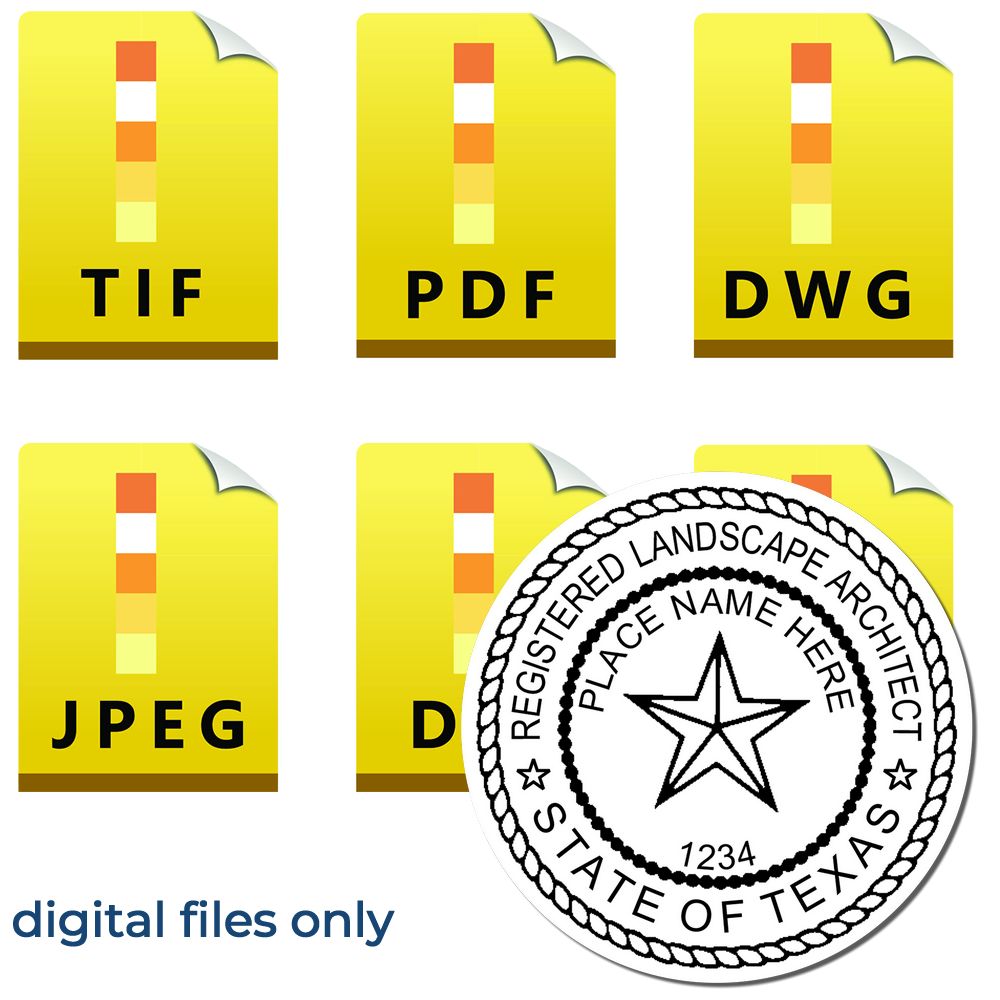


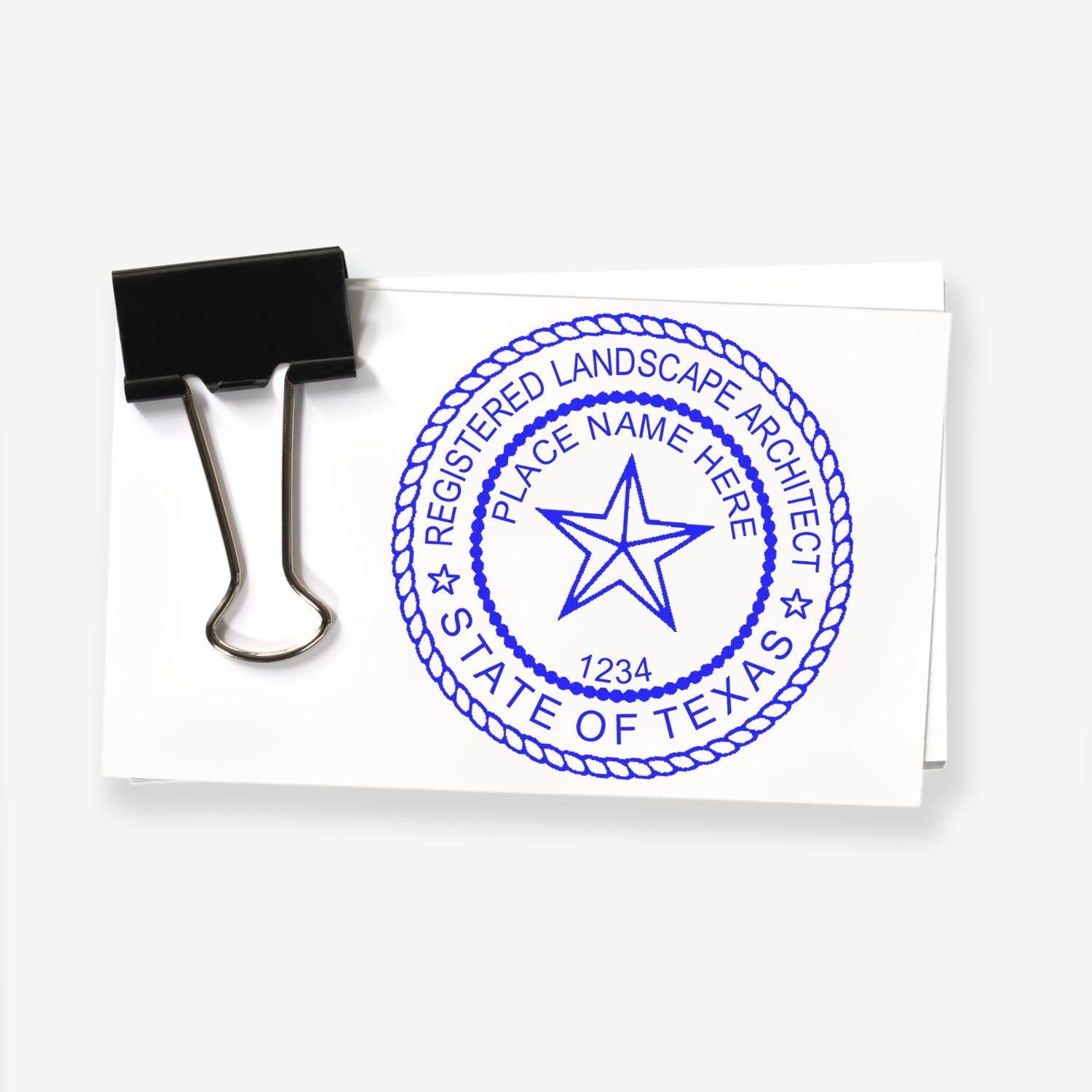
By carefully considering the design, quality, ease of use, and customization options of the architect stamp, architects can choose a stamp that meets the Texas architect stamp guidelines while upholding their professionalism and credibility.
Proper Use and Placement of Architect Stamps
To ensure compliance with Texas architect stamp guidelines, it is essential to understand the proper use and placement of architect stamps on architectural drawings. This section will cover the correct placement on architectural drawings, as well as additional requirements and considerations.
Correct Placement on Architectural Drawings
When affixing an architect stamp on your architectural drawings in Texas, it is crucial to follow specific guidelines to ensure visibility and legibility. The stamp should be clear and distinguishable, allowing others to easily identify the responsible architect. Generally, the architect stamp is placed in the following locations:
-
Title Block: The most common placement for an architect stamp is within the title block of the architectural drawing. The title block is typically located in the lower right-hand corner of the drawing and includes important project information such as the project name, architect's name, and project dates.
-
Sheet Border: In addition to the title block, the architect stamp can also be placed in the sheet border area of the drawing. This area surrounds the entire drawing and often contains important notes, scales, and sheet numbers.
Ensure that the architect stamp does not interfere with the legibility of the drawing or any important information contained within the title block or sheet border. It should be placed in such a way that it does not obstruct any critical details or dimensions.
Additional Requirements and Considerations
In addition to the correct placement of architect stamps, there are a few other requirements and considerations to keep in mind:
-
Stamp Size: The Texas Board of Architectural Examiners does not specify a particular size for architect stamps. However, it is recommended to choose a stamp size that is proportionate to the size of the drawing and ensures clear legibility. The stamp should be large enough to be easily read but should not overpower the drawing.
-
Ink Color: The architect stamp should be imprinted in a color that provides sufficient contrast against the background of the drawing. Black ink is commonly used for legibility, but other colors may be acceptable as long as they meet the visibility requirements.
-
Architect Seal: In addition to the architect stamp, architectural drawings in Texas may also require an architect seal. The architect seal typically includes the architect's name, registration number, and other required information. It is often placed adjacent to or below the architect stamp. For more information on architect seals, refer to our article on Texas architect seals.
By adhering to the proper use and placement guidelines for architect stamps on architectural drawings, architects can ensure compliance with Texas regulations. It is important to stay updated with the latest Texas architect stamp regulations to ensure ongoing compliance. Failure to comply with the guidelines may result in penalties or legal consequences. For more information on Texas architect stamp requirements, refer to our article on Texas architectural seal requirements.
Maintaining Compliance with Texas Architect Stamp Guidelines
To ensure that you comply with Texas architect stamp guidelines, it is essential to stay updated with the latest regulations. The architectural industry is subject to evolving standards and requirements, and it is crucial for architects to remain informed and knowledgeable about any changes that may affect their professional practice.


Staying Updated with Regulations
Staying up to date with Texas architect stamp regulations is essential for maintaining compliance. The Texas Board of Architectural Examiners (TBAE) is the governing body responsible for establishing and enforcing these regulations. They periodically review and update the guidelines to ensure that architects adhere to the highest professional standards.
Architects should regularly visit the TBAE website and other reliable sources to stay informed about any changes or updates in the regulations. Familiarize yourself with the specific requirements for architect stamps and seals in Texas, including the design specifications and legal obligations. For more detailed information, you can refer to our article on texas architect stamp regulations.
Potential Consequences of Non-compliance
Non-compliance with Texas architect stamp guidelines can have serious consequences for architects. Failure to adhere to the regulations set forth by the TBAE can result in disciplinary actions, which may include fines, license suspension, or even revocation.
Additionally, non-compliance can damage an architect's professional reputation and credibility. Clients, contractors, and other industry professionals rely on architect stamps and seals as symbols of authenticity and professionalism. Failing to meet the requirements set by the TBAE can undermine trust and confidence in an architect's work.
To avoid these potential consequences, it is crucial to prioritize compliance with Texas architect stamp guidelines. By staying updated with the regulations and ensuring that you meet all the necessary requirements, you can maintain your professional standing and uphold the integrity of your architectural practice.
In summary, architects in Texas must actively stay informed about the latest regulations and guidelines for architect stamps and seals. Regularly checking the TBAE website and other reliable sources for updates is vital. Non-compliance can have severe consequences, including disciplinary actions and damage to professional reputation. To learn more about Texas architect stamps and seals, you can refer to our articles on texas architect stamps and texas architect seals.
About ESS
At Engineer Seal Stamps (ESS), we take pride in being the leading makers of high-quality rubber stamps, professional seals, and notary stamps. Our commitment to excellence is reflected in the state board guarantee that backs all our products. With ESS, you can be confident that you are getting the best of the best when it comes to stamping and sealing products.
Our team of experts will work closely with you to create customized rubber stamps and seals that meet your specific needs, whether you are an architect, engineer, surveyor, or other professional. We understand that time is of the essence in your line of work, which is why we offer a quick turnaround on all our products. ESS is also incredibly versatile, we cater to a broad range of industries, from oil and gas to healthcare, government, and education. When it comes to quality, our products speak for themselves. All our rubber stamps and seals are made using high-grade materials, ensuring that they will last you for years to come. Our stamping and sealing products are also designed to deliver crisp and clear impressions every time, so you can always be sure that your documents look professional and presentable.
At ESS, we are committed to providing our customers with stellar customer service, and we go above and beyond to ensure your satisfaction. Whether you need a customized rubber stamp, professional seal, or notary stamp, ESS is the trusted partner you can rely on for all your stamping and sealing needs.

